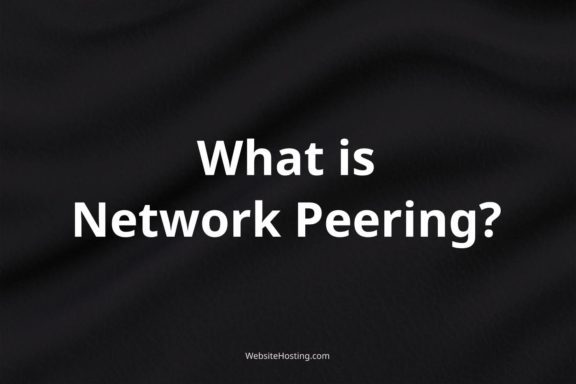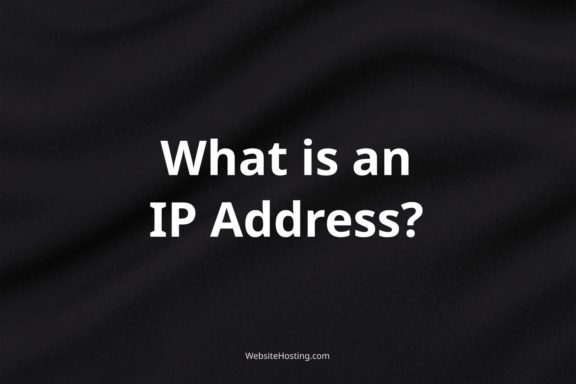
Packet Loss Explained in Simple Terms
As a web hosting customer, you may have heard the term “packet loss” in reference to network performance. But what is packet loss, and how does it affect your website or application? In this short article, we’ll explore the basics of packet loss and what you can do to minimize its impact on your online…










